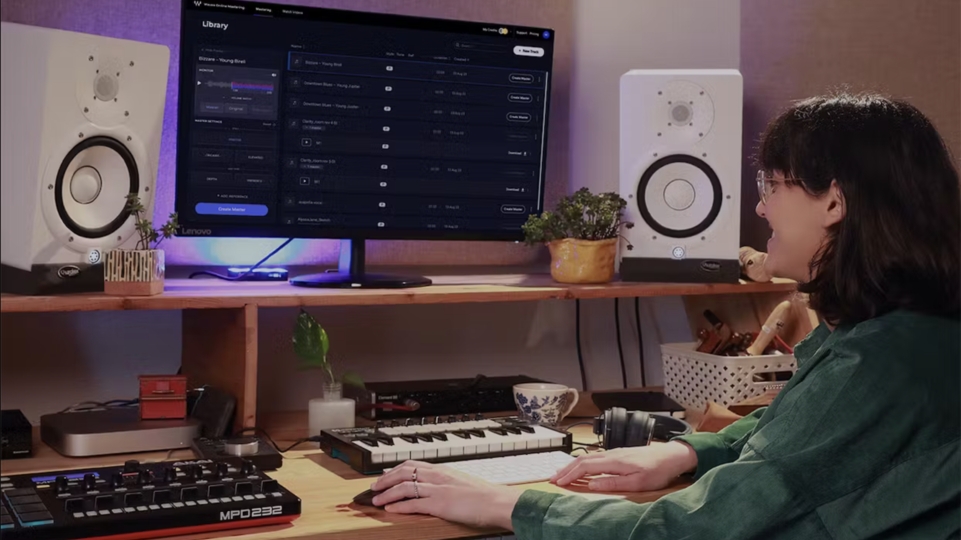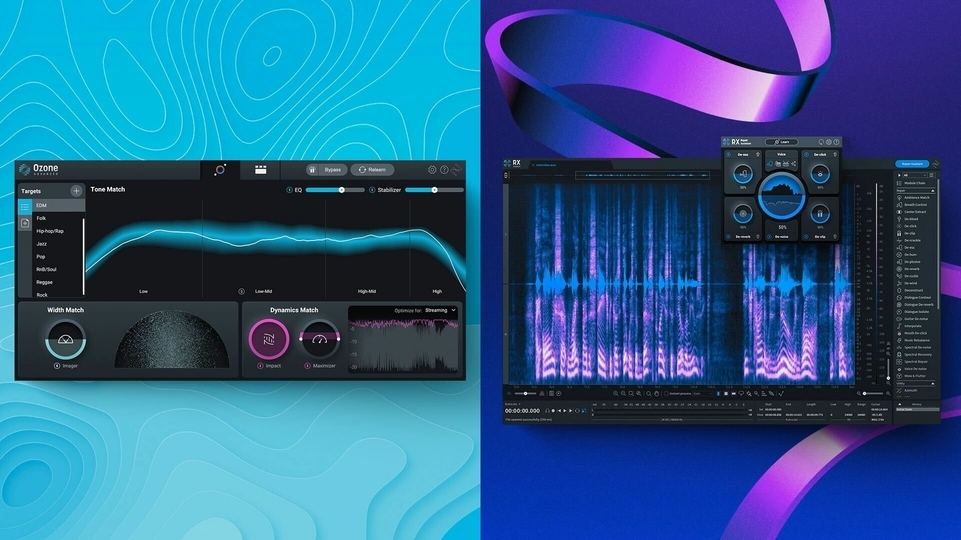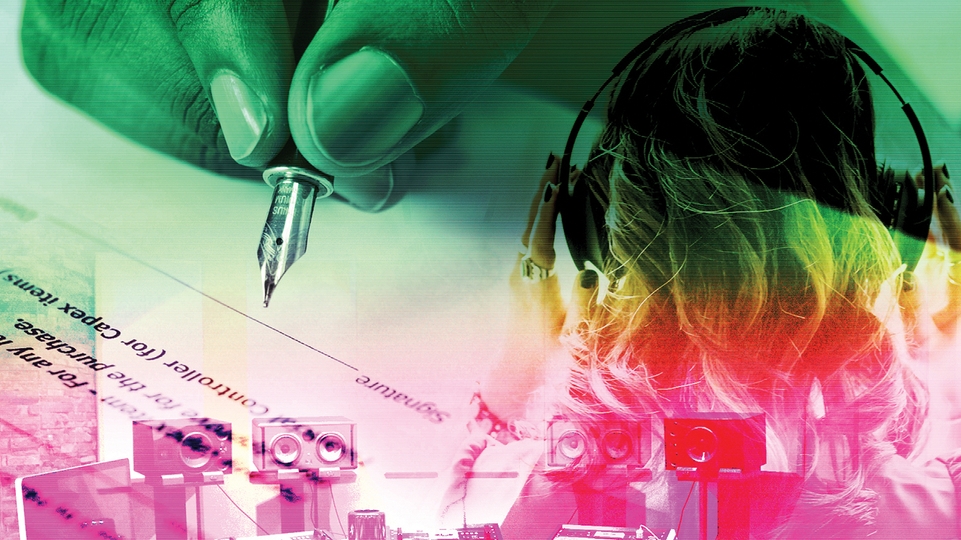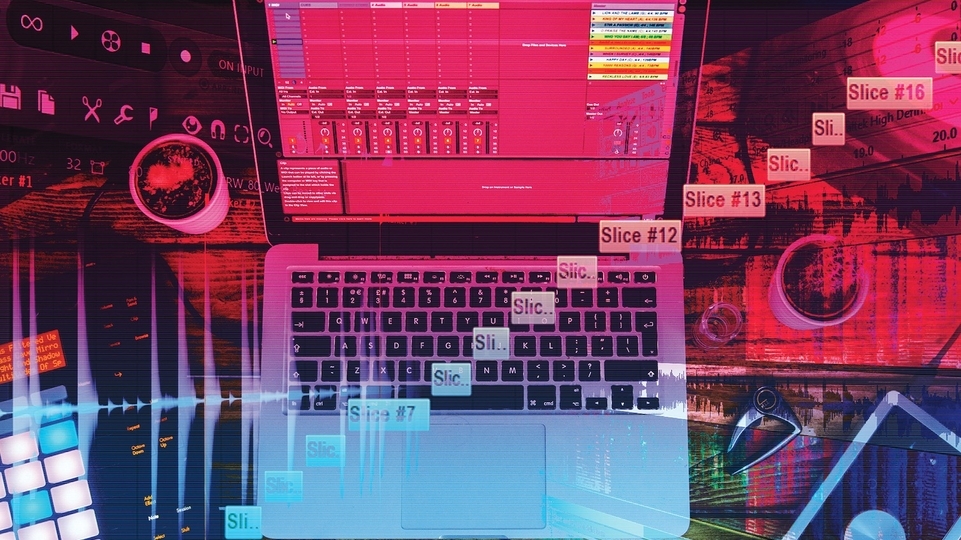
Beginner’s Guide: Preparing for Mastering
From project file to finished product: How do you know if your mix is ready to be mastered? In her latest Beginner's Guide, producer E.M.M.A. aka Emma Davies looks at the dark art of mastering
When you start to think about releasing your music, you’ll have to deliver the files for mastering. A mastering engineer’s role is the final step of post-production on your mix, to make sure it sounds great on any soundsystem, streaming platform or physical format such as vinyl.
Mastering is “quality checking a project, creating formats for distribution and helping artists and labels release music to the highest possible standard!” says Brighton-based mastering engineer Katie Tavini.
I first encountered it when a label asked me for “pre-master WAVs” of my release. My immediate thoughts were: “Am I happy with this mix?” and “Could the mastering engineer reject it?” All my friends would say was, “Keep the mix levels quiet and make sure it’s a WAV.”
I nervously went to sit in on the mastering session, expecting to have ballsed something up. Thankfully I was told by Beau [Thomas] at Ten Eight Seven there wasn’t anything “wrong” with the mix, and because I hadn’t overprocessed or “brickwalled” the audio – removed any dynamics – it meant he had something to work with. This was a great thing to find out early on, from a trusted expert, and something I stuck to in further mixes as my skills improved. I would strongly recommend sitting in on a mastering session and learning as much as you can about the process.
"If you are sometimes hitting 0dB, it's fine, but it shouldn't be clipping and slamming into 0dB throughout"
I know it’s important to have interesting dynamics in a mix, but I asked mastering engineer Alex Gordon at Abbey Road Studios what he thinks are the key things to keep in mind when mixing a track so that it’s ready for mastering, such as levels. “I don't think there's a set level that you should mix at, it depends on the music itself. Anything with lots of low-end energy is going to have higher LUFS – measurement for loudness – than an ambient tune. If you are sometimes hitting 0dB, it's fine, but it shouldn't be clipping and slamming into 0dB throughout.
“One common mistake I get is when someone sends me a mix and they say ‘I've left you 6dB of headroom’ and then when I open the file the audio has been completely crushed by a limiter and they've just set the output level to -6dB, and the waveform is still a total brick just with 6dB of space at the top. Most people say you should aim for your peak level to hit around -3 to -6dB, which is fine and not wrong at all, but if you hit -1 or even 0 it's absolutely fine.”
Katie has several cool tips which she shares with her clients, including: "When you’re bouncing your mix, make sure you leave a couple of seconds at the start of the track, and again after the very last note has finished ringing out. If there is unwanted noise on any part of the mix, leave around five seconds of it at the start of the track so that the mastering engineer can transparently remove it. Check your mix in mono, crossfade any edit points to make sure there are no little pops.” On spacing between tracks, she says: “If you’re happy to let your mastering engineer take care of this, let them know. Otherwise, a rough idea is always good - short gaps, long gaps, seamless between tracks, etc.”
“If you have a louder mix, record and mix at 24-bit, which is always preferred to 16-bit” adds Alex. “If you're hitting 0 at 16-bit you will get distortion. I would 100% recommend doing everything at 24-bit.”
Finally, "Label your tracks clearly!” says Katie. “‘BandName_TrackName_MixNumber.wav’ always works well."
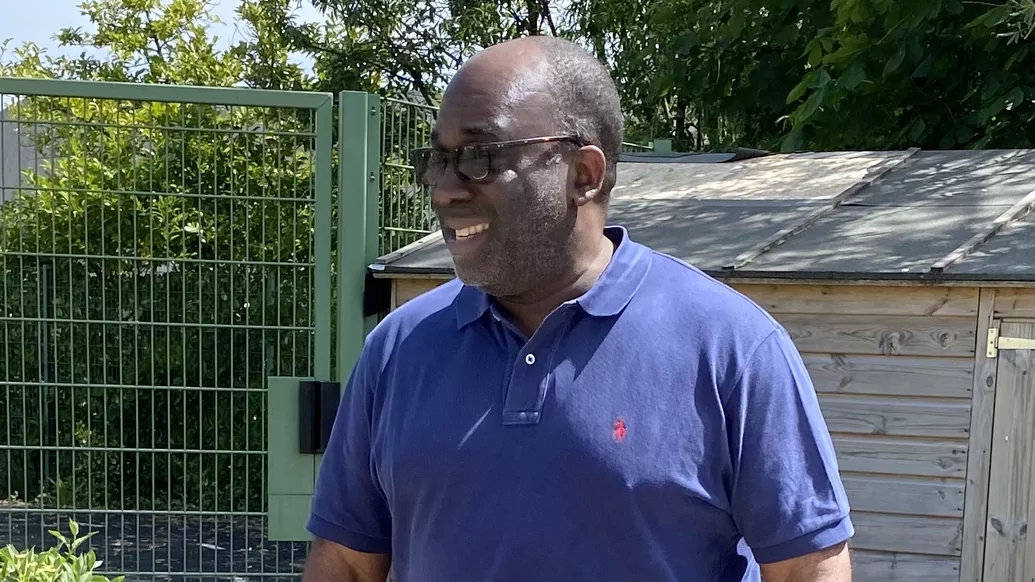
Q+A spotlight: Jason Goz, owner, Transition Mastering
Jason established Transition Mastering full time in 1998 and has worked on many seminal releases. He is known for being a true OG, intrinsically involved in what came to be known as dubstep. Starting out as a dub cutting studio, he still provides this service alongside mastering releases for all formats. His mastering services are used by a range of labels, from Sony and Universal to influential imprints including Hyperdub, Warp, Brownswood, Dirty Stank, Touch and Deep Medi. I was lucky enough to sit in on a mastering session with Jason a few years ago. I caught up with him last month over email to find out some trade secrets and absorb some wisdom.
Emma: "Hi Jason. What are your favourite kind of mixes to work on?"
Jason: "That would be mixes where the artist is happy with the overall sound. If they’re not, it can be difficult to know which direction to take the master."
Emma: "What are the common mistakes, or perhaps oversights, producers make which people should avoid or watch out for when delivering a file to you?"
Jason: "Firstly, not understanding that it takes a lot of practice over many years to be a consistently good producer. So don’t be hard on yourself, try to enjoy it and learn from your mistakes. Some of the techniques that I use to master a track I've discovered purely by accident. Other issues are if there’s too much limiting on the individual channels, and/or the stereo buss, and not checking that the files peak below 0dBFS prior to sending."
Emma: "When mastering for a vinyl release, what do producers need to take into account for their tune to sound as weighty as possible?"
Jason: "My best advice here is that the producer communicates with whoever is cutting the disc, whether that be via phone or email or in person – post-COVID-19. Every lathe is different — even the same model number — every track is different, every release is different. There is no such thing as mastered for vinyl, for example, a five-minute track will sound different on a 12-inch album versus a 12-inch single."
Emma: "I remember when I sat in on a session, we were talking about how to make the synths warmer, and you said they would sound like they were 'washing over you lying in a hammock', which I still remember when I hear the track! I think it’s important that people get the human touch/collaboration when mastering, as opposed to say, using automated, machine mastering technology. But what are your thoughts on this?"
Jason: "It would be foolish not to embrace technology, and I am sure there is a use for some of the AI services that are cropping up on the net. But let us not confuse this with mastering. In my experience, the best music is made through collaborations. My job as a mastering engineer is that of a translator. It’s not just about making things louder."
